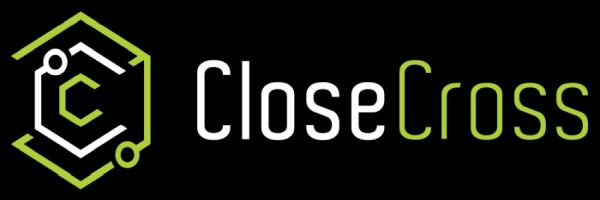A brief introduction to a very important topic
Derivatives — what are they exactly? Many people are familiar with the term, even if they don't quite grasp its meaning.
In recent years, the reputation of some derivative instruments has been tarnished greatly, with one of the unfortunate knock-on effects of the financial crisis being a perpetual fear of the term. This largely results from the emergence of the news that Collateralized Debt Obligations (CDOs) were one of the central causes of the 2008 crash.
Warren Buffet famously claimed that CDOs were 'financial weapons of mass destruction', and when Buffet speaks, many listen.
In reality, however, derivatives are an essential part of global finance, making up a massive majority of the international financial market. They have been in existence as long as humans have bartered and the derivatives as we know today came into being in the 1930s.
Unfortunately, participation in derivatives markets is limited almost exclusively to financial institutions. In this blog post, we give an outline of what derivatives are, how they are currently traded, and why they are an attractive investment vehicle for retail traders, under the right conditions.
The Derivative
Derivatives are contracts which derive their value from something else, such as the price of gold. Typical derivatives are options, futures, forwards and swaps.
Let's take a simple example.
Say there are 1,000 people who would like to speculate on the price of gold at the end of the day today. Traditionally, each of these users will find a provider of gold-based derivatives, decide whether they think the price will go up or down and then purchase their call or put options (a call option gives the holder the right to buy at a certain price and a put option gives the holder the right to sell at a certain price) and await the settlement when the price is known at the end of the day.
The derivative here is the contract made between the derivatives provider and the buyer, based on the price of gold. Derivatives can be based on the value of a wide range of underlying assets, indexes, or interest rates.
The Modern Trading Environment
In modern finance, there are traditionally two ways to trade derivatives.
OTC: Over the counter, between two parties. This is a formal agreement made privately between parties through a negotiated contract bilaterally.
Via an Exchange: An exchange-traded derivative is a financial instrument that trades on a regulated exchange. To trade on an exchange, the retail trader will go through a broker (Citibank, Merrill, Goldman, BNP Paribas, Deutsche Bank).
However, this type of derivative is generally only reserved for people with significant liquid assets. In order to open an account with a derivatives broker, it's necessary to comply with whatever the broker's minimum deposit requirements are. Some small brokers offer accounts with a minimum deposit of $500 or less, but some of the better-known brokers that offer derivatives will require minimum deposits of as much as $5,000 up to $10,000.
An Attractive Investment
Derivatives offer interesting venues to make market predictions and more importantly they are useful instruments to hedge some portfolio risks. Derivative contracts are based upon a variety of instruments and have exposure to many different types of underlyings. There are even derivatives based on weather data, such as the amount of rain or the number of sunny days in a region to hedge climate risks.
Given the variety of derivatives, it is only right that this market is available to as many people as possible. However, derivatives, especially options, are inherently complex and out of reach for most retail participants to be of any benefits. Indeed, derivatives instruments require traders to have a strong technical understanding of the risks associated with using them. Those risks are of different natures and are called 'greeks' in financial jargon. Moreover, they require access to robust risk models powered by powerful computers to be calculated.
Our Solution
At CloseCross we feel very strongly that making market predictions at low costs of all type of assets should be for everybody. This is why we created an entirely new platform to make market predictions , away from centralized exchanges.

Our multi-party peers-to-peers (P2P) service is a platform powered by decentralized ledger technology (DLT) that enables individuals to interact directly with each other, without minimum capital requirements or middle-men, in a safe, convenient and easy to understand manner. We address the shortcomings that have hindered the market from being available to the mainstream.
Instead, the buyers and the sellers transact directly with each other via the P2P service, eliminating system risks to the financial counterparties.
By introducing simple 3-click-trading, helping to eliminate unquantified risks, and making trading 90% cheaper, CloseCross promises to level the playing field by creating a better alternative for those wishing to participate in the institutional $1,200 trillion financial derivatives market.
The content of this article is intended to provide a general guide to the subject matter. Specialist advice should be sought about your specific circumstances.


